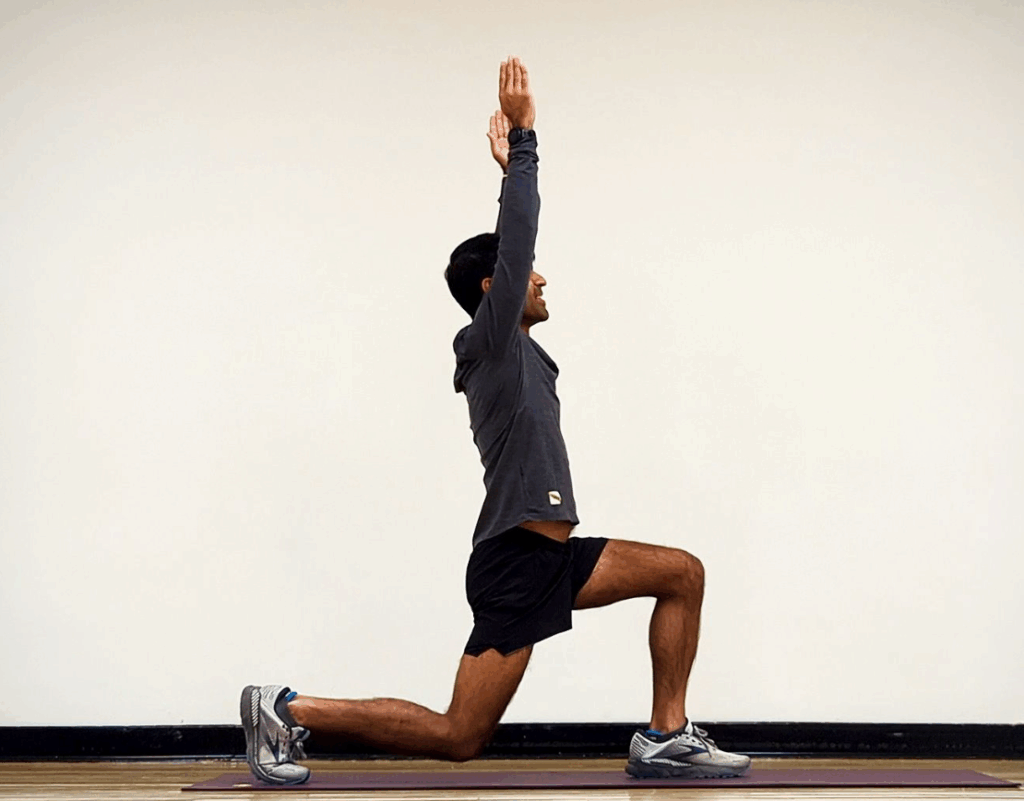Want better performance, fewer injuries, and smoother movement—all in just 15 minutes a day? Mobility work may be the missing link in your athletic training.
For athletes, mobility training is more than just stretching. It’s a foundational component that enhances movement quality, prevents injuries, and supports faster recovery. Incorporating a 15-minute mobility routine into your daily routine can significantly improve both your training and how you feel.
Why Mobility Training Matters for Athletes
Mobility directly impacts performance by improving joint range of motion, allowing athletes to execute movements with better control, speed, and efficiency. Functional mobility moves the body as a system, not in parts, supporting coordination across multiple joints and muscles.
Consistent mobility practice also helps prevent injuries. By preparing joints and surrounding soft tissues for training or competition, athletes reduce strains, pulls, and imbalances.
Also, improved mobility facilitates faster recovery, reduces stiffness, and increases circulation between training sessions. It helps athletes adapt better to strength and conditioning training and train harder and smarter.

How to Use This 7-Move Routine
This seven-move sequence can be done daily as part of a morning movement routine, a pre-training activation protocol, or a recovery-focused cooldown. It takes under 15 minutes to complete, making it easy to integrate into any schedule.
No equipment is required, but a yoga mat or soft surface can provide comfort. Controlled reps, deliberate breathing, and mindful movement are essential to maximize benefits. Avoid rushing. Quality of movement always takes priority over speed.

The 7 Daily Mobility Exercises
World’s Greatest Stretch
This exercise is one of the most efficient total-body movements for athletes. Performed for one minute per side, it targets the hips, hamstrings, thoracic spine, and ankles. It builds fluidity between the upper and lower body while encouraging deep rotational control.
Cat-Cow Flow
This exercise mobilizes the spine through flexion and extension for one to two minutes. It improves postural awareness, decompresses the vertebrae, and activates deep core stabilizers. It’s particularly useful before lifting or running.
Deep Squat Hold with Hip Shifts
Perform this exercise for one to two minutes in total, focusing on hip, groin, and ankle mobility. Sitting deep in a squat while shifting side to side encourages the joints to open gradually and can help expose any movement asymmetry.
Shoulder Pass-Throughs
This exercise enhances shoulder flexion and posture. It can be performed for thirty controlled reps or up to two minutes. With a towel or resistance band, this drill creates dynamic range through the shoulder girdle, which is especially useful for athletes who do overhead movements.
90/90 Hip Rotations
Do one minute per side to develop internal and external hip rotation. This movement is essential for sprinting, squatting, and sports that require rotation. It strengthens the hips through full range of motion and helps protect against lower back strain.
Downward Dog to Cobra Flow
Do this exercise for 1 to 2 minutes and combine it with spinal extension and posterior chain stretches. This dynamic flow improves mobility in the shoulders, hamstrings, calves, and thoracic spine and enhances neuromuscular control throughout the kinetic chain.
Lunge with Overhead Reach
Perform the exercise for one minute per side, blending hip opening with thoracic extension. It activates the core and stabilizers, making it a powerful integrative movement for any athlete. It’s particularly beneficial for runners, lifters, and athletes who do overhead work.

Tips to Get the Most Out of These Movements
Controlled breathing is a key part of this routine. Breathe in through your nose and out through your mouth to ease tension and support each movement.
Consistency is more important than intensity. A quick daily mobility plan has more lasting benefits than sporadic, longer sessions. The body responds best to repetition and frequency when developing joint range and movement control.
Adequate hydration and sleep are crucial for supporting mobility training. Recovery and tissue quality go hand in hand with progress in mobility.
For athletes interested in self-evaluation, recording yourself during these movements can help identify imbalances and guide long-term improvements. Even small adjustments to posture or range of motion can yield significant performance benefits over time.
When and How to Progress
As mobility improves, progression becomes essential to maintaining adaptation. To create new challenges, you can increase reps, time under tension, or add resistance bands.
This routine can evolve into a dynamic warm-up by incorporating movement-based drills, speed, or coordination elements. To prepare the body for higher training loads, you can add exercises like walking lunges, inchworms, or banded joint activations.
Pain should never accompany mobility work. If discomfort arises, consider regressing the movement or consulting a qualified professional for a diagnosis and assessment. Mobility is a tool to support, not compromise, athletic longevity.
Frequently Asked Questions
Can I really improve flexibility fast with just 15 minutes a day?
Yes, consistent daily practice—especially with active mobility drills—can improve flexibility and movement quality in just two weeks. The key is consistency, not duration.
When is the best time to do this mobility routine?
You can do it in the morning as a 15-minute mobility workout, use it as a warm-up before training, or as a recovery routine after your workout. It’s flexible and effective at any time of day.
What if I don’t have a full range of motion yet?
Start with your current range and progress gradually. These exercises are scalable, and with proper breathing and control, they will naturally improve joint mobility over time.





